
The head-related transfer function (HRTF) is an important factor when designing audio devices. Acoustics engineers often use a generic HRTF measurement, but every person has their own individual HRTF — It’s as unique as a fingerprint. For a more personalized analysis, an individual’s HRTF can be measured with microphones, but the process is time consuming and complicated. Another option is to perform a simulation based on a head scan. How accurate are these results?
Measuring HRTF in the Human Head
The HRTF is an important measurement in acoustics because it gives a complete description of the way the head and torso of an individual distorts incident sound fields; it is also an important component of spatial hearing. In terms of testing, when virtual sound is used (or acoustic virtual reality), the HRTF is important for creating a virtual sound scene for the test subject. Individual people’s HRTF measurements are also important for designs that need to be specific to an individual, such as cochlear implants and customized hearing aids.
You can measure the HRTF physically, but it is a tedious process that involves placing very small microphones in and around the ear and recording dozens of individual measurements.

One example of a complex HRTF test setup is the U.S. Army Materiel Command’s Sphere Room, which contains 57 test loudspeakers and is partly used to analyze how changes in HRTF can affect a person’s auditory perception. Image licensed under CC BY 2.0, via Flickr Creative Commons.
Instead of physical testing, acoustics engineers can use simulation. There are two options:
- Using a head and torso simulator (HATS), which is a simplified but standardized manikin for measuring HRTF that is useful for designing heading aids, headphones, and other audio devices.
- Using a scanned geometry of an actual human head and torso to easily compute the HRTF for an individual person.
We’ve already blogged about the first option previously, so let’s review the second option here.
Importing a 3D Scanned Geometry of a Human Head and Torso
The model discussed here is based on a head and torso geometry provided by the Teaching and Research Area of Medical Acoustics, Institute of Technical Acoustics, RWTH Aachen University, Germany. The geometry’s facial features have been removed, but all of the details of ear geometry have been retained for the purposes of the model.
We’ve made it simple to import STL files into the COMSOL Multiphysics® software.
Scanned head geometry as an imported STL file (left) and the corresponding COMSOL model geometry, with the HRTF evaluation circle in black (right). Geometry courtesy the Teaching and Research Area of Medical Acoustics, Institute of Technical Acoustics, RWTH Aachen University, Germany, licensed under CC 4.0 International.
Note that the original head geometry has been moved and rotated for the COMSOL Multiphysics model so that the coordinate axis is aligned with the directions commonly used for directivity assessments.
Performing an Acoustics Analysis on a Human Head Model
The reciprocity principle is commonly used when performing HRTF analyses. This principle reverts the source and receiver locations so that the source is located at the entrance of the ear canal and the evaluation is performed along the circle (shown above), with the center located between the ears. This enables you to compute the HRTF for all spatial directions for each frequency with just one simulation.
In COMSOL Multiphysics, the acoustics problem is modeled using the boundary element method (BEM) with the Pressure Acoustics, Boundary Element interface. This interface is especially efficient for HRTF analyses, since the HRTF model represents a pure radiation problem.
Running the simulation, you can find the pressure field generated from the excitation at the ear canal entrance for a series of three frequencies that correspond with the reference data:
Geometry courtesy the Teaching and Research Area of Medical Acoustics, Institute of Technical Acoustics, RWTH Aachen University, Germany, licensed under CC 4.0 International.
The results also show the acoustic pressure and the corresponding sound pressure level.
Comparing Simulation Results to Measurements
The COMSOL Multiphysics simulation results agree very well with the measurements taken from the human test subject at RWTH Aachen University. There are some small discrepancies, which can be attributed to possible head movement during the measurements or slight error in shoulder size.
Measured vs. simulated HRTF at 1033 Hz (left), 2067 Hz (center), and 3962 Hz (right).
The agreement in results exhibited here shows that you can use COMSOL Multiphysics to compute the HRTF of an actual human head and shoulder geometry, lessening the need for tedious HRTF testing of individual subjects.
Try It Yourself
Download the HRTF model and STL file via the button below, which will take you to an Application Gallery entry.
References
The scanned geometry (STL mesh) and measured data are provided with courtesy of the Teaching and Research Area of Medical Acoustics, Institute of Technical Acoustics, RWTH Aachen University, Germany. The STL mesh is licensed under the Creative Commons Attribution 4.0 International License and is provided “as is” with all warranties disclaimed, as stated in that license.
- H.S. Braren and J. Fels, “A High-Resolution Individual 3D Adult Head and Torso Model for HRTF Simulation and Validation: 3D Data”, RWTH Aachen University, 2020. https://doi.org/10.18154/RWTH-2020-06760
- H.S. Braren and J. Fels, “A High-Resolution Individual 3D Adult Head and Torso Model for HRTF Simulation and Validation: HRTF Measurement”, RWTH Aachen University, 2020. https://doi.org/10.18154/RWTH-2020-06761



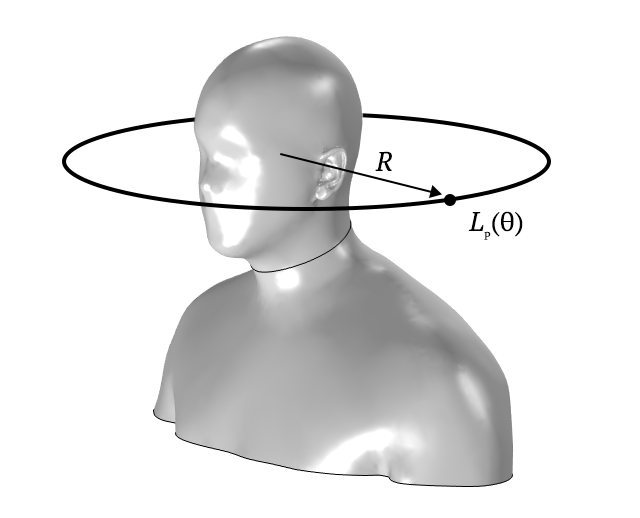

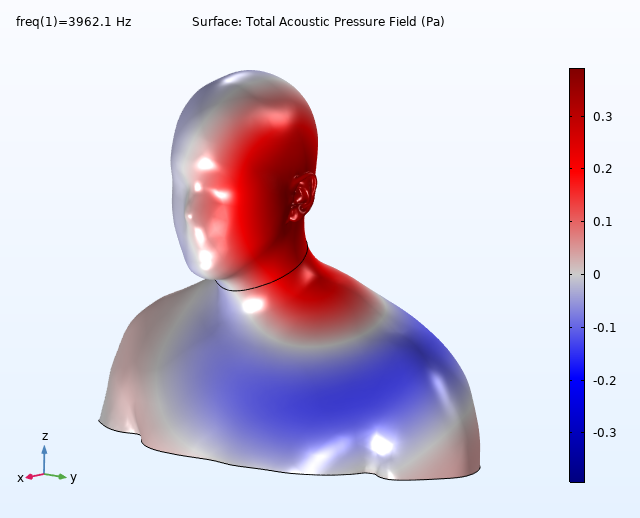


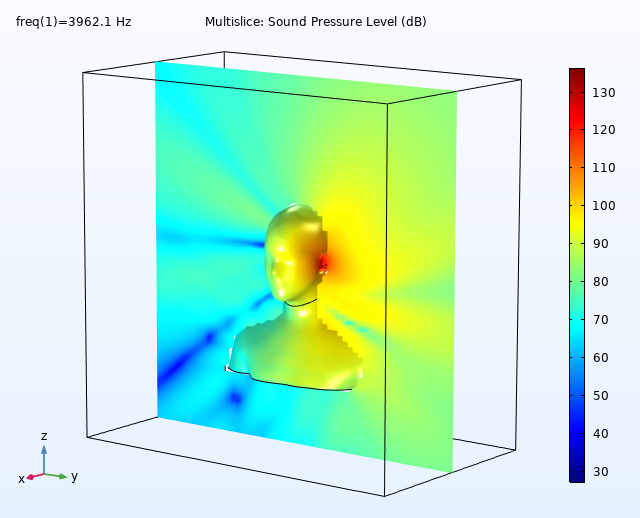
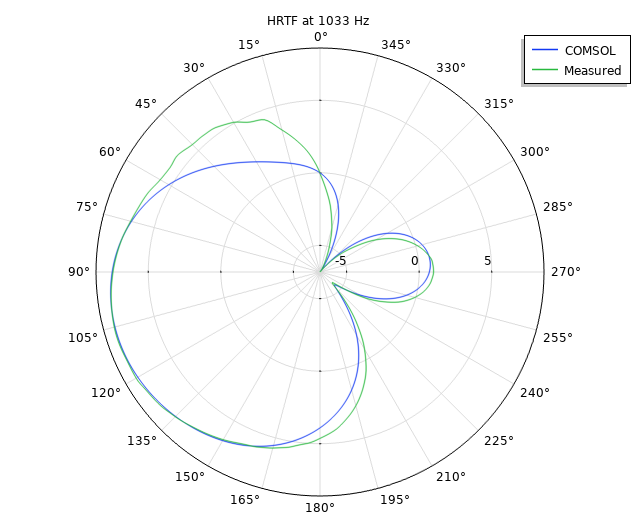
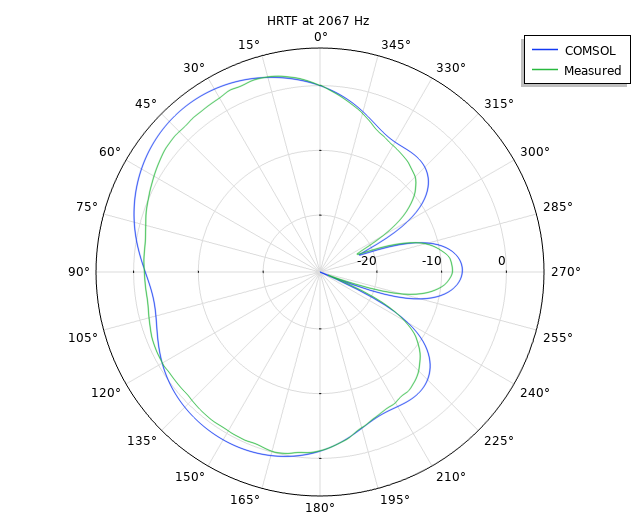


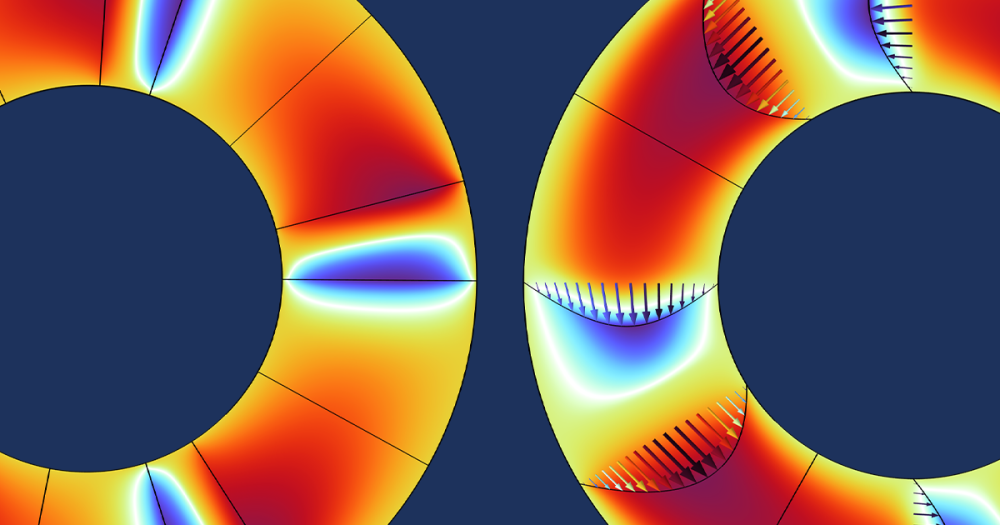


Comments (0)